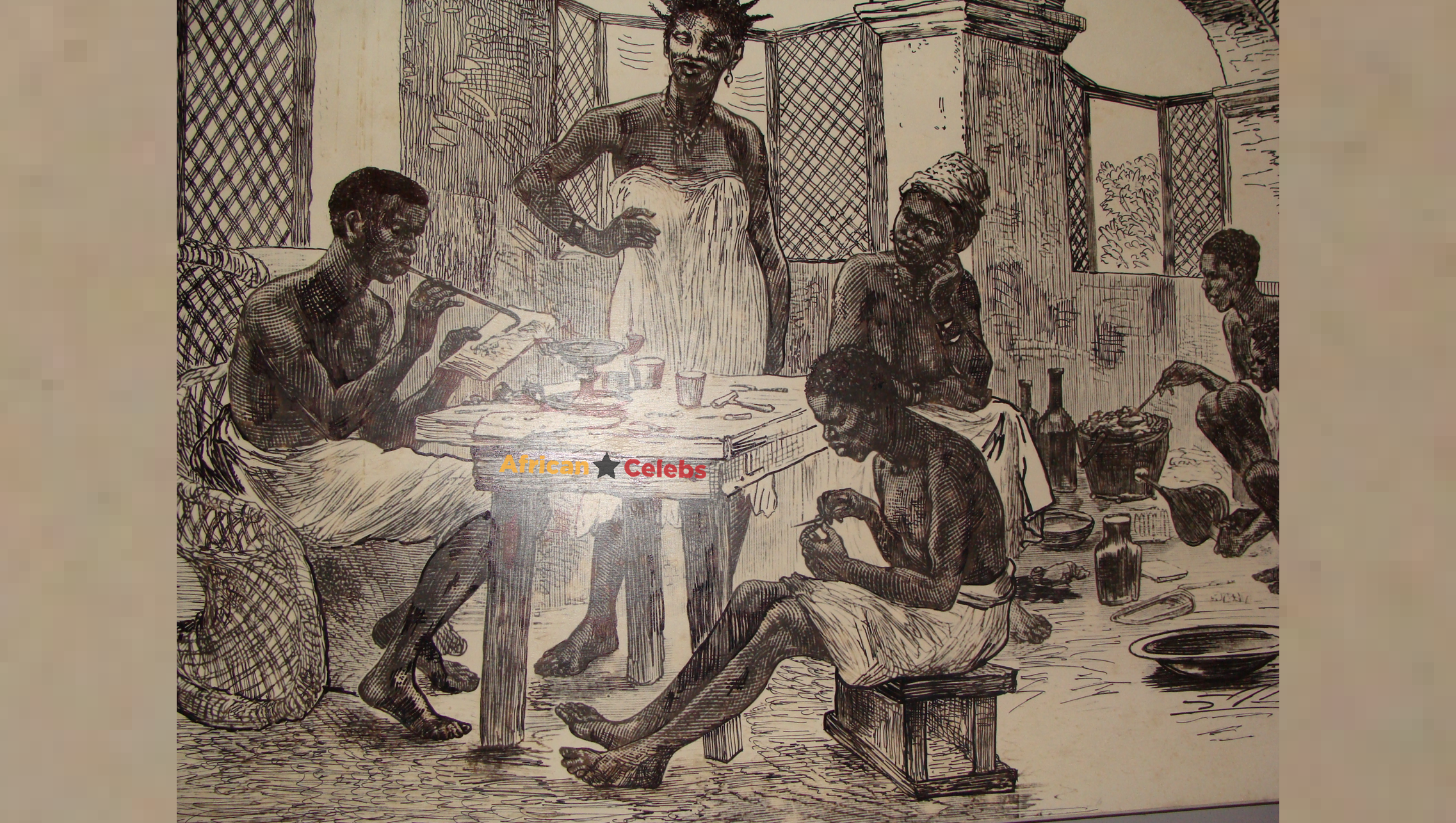Unbelievable Wet Nursıng In Slavery

Forceful Wet Nursıng In Slavery – This must be Thursday (History Day)
The earlier settlements and the colonialism accelerated the slave trade drastically because a labor force was needed for farming. The slaves had many tasks, mainly in plantations, to increase productivity. Because of the harsh working conditions, there were more male slaves on the field.
The female slaves served indoors for other purposes, from house cleaning to cooking. If there were many babies in the house, the female worker would have an additional duty: breastfeeding. Although it may not sound like a physically demanding job, it had horrible consequences physically and psychologically.
Believe it or not, most of the babies were not their biological children, nor were they adopted by them. They were their slave master’s wives children.
The concept of wet nursing in slavery emerged in the 17th century when wealthy white families started hiring black women of lower classes and paying them to breastfeed their babies. The ladies tried to avoid it because they wanted to maintain their body shape integrity.
In addition, breastfeeding was against their elegance and always deemed more suitable for uncultured low-class people. The claim of the doctors proving that breastfeeding is unhealthy was the cherry on top.
The act of wet nursing began in Europe and soon expanded into the New World. The unfamiliar geography in new settlement areas affected the immune system of the newborns, and many of them fell ill. On the other hand, the children of the black women were much more immune and resistant.
This was the driving reason for white families to force female slaves to breastfeed their children. Once the female slave gave birth to a child, they were forced to prioritize the white babies for breastfeeding. This left their children short of breast milk since it was all used up to feed the kids of the white families.
Read Also: Slave Castles & Forts In Africa
They had to feed their babies with cow’s milk or other substitutes to substitute for the milk. This resulted in an elevated death rate amongst the babies of the enslaved families.
The women did not have the choice to refuse breastfeeding other babies. In case they argued, they were threatened with the lives of their babies. Some slave traders and settlers would even kidnap or kill the newborn babies, so the slave-mother was left with no choice but to do wet nursing.
For the slave women to start producing milk, they were often raped by the slave masters and were told to keep quiet about it. This resulted in the birth of many babies of mixed race. Their husbands even rejected these women despite knowing that they were forced into it.
Wet nursing gradually vanished with the abolishment of slavery. However, some women continued doing it since they realized that they were earning more money as wet nurses than the freed slaves. The women who were wet nursing on their own were deemed the equivalent of prostitutes for not letting go of a traumatizing act from the past.
Forceful wet nursing has scarred the souls of many women and children – if they were able to survive, that is. So, it will always remain in our hearts as one of the most disgraceful aspects of the history of humankind. and as one of the numerous Museum Exhibitions in Cape Coast in Ghana reads
‘May those who return find their roots. May humanity never again perpetrate such injustice against humanity’
Don’t forget to email us the History Topic or Topics you want to learn or read about next week ‘ It Must Be Thursday’.


